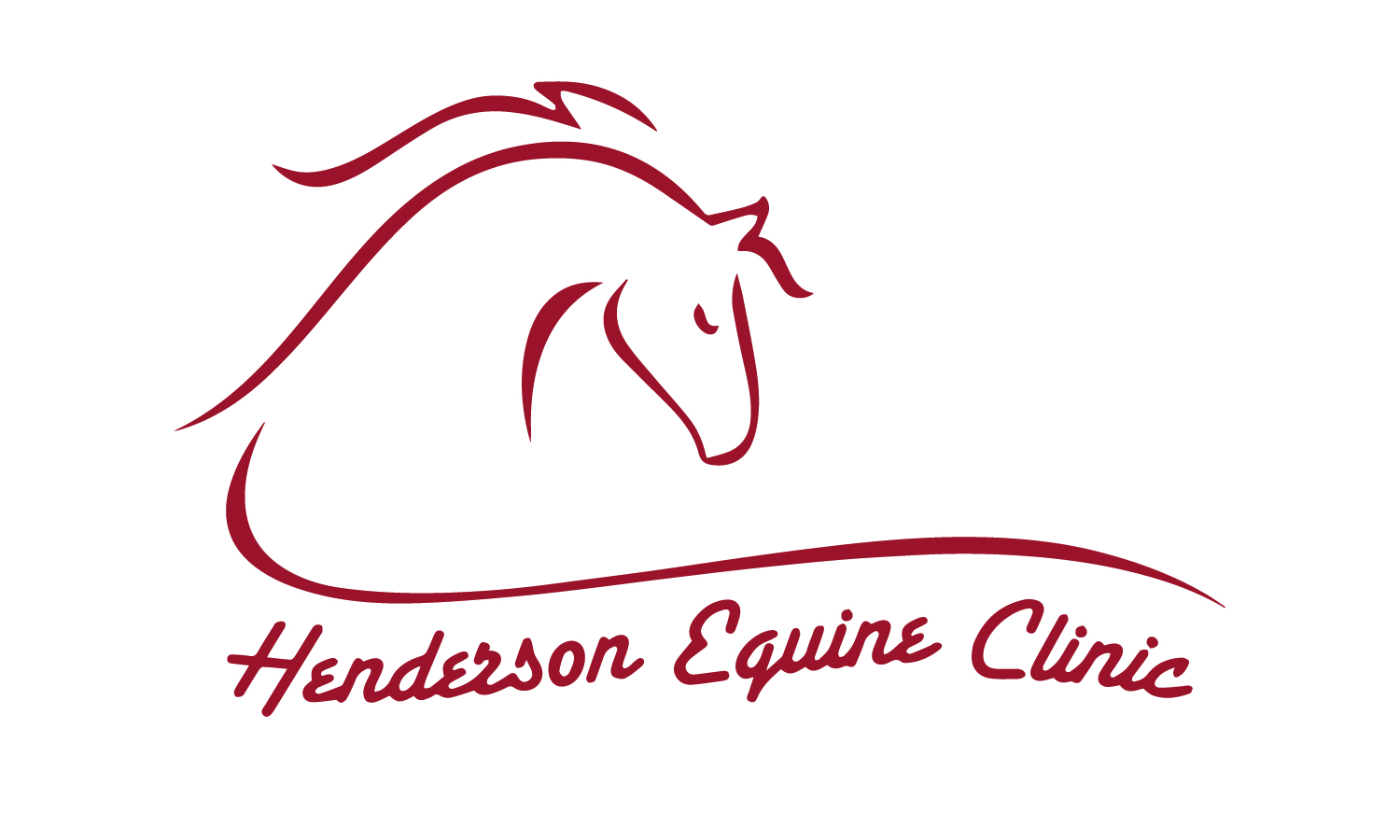Equine Metabolic Syndrome
Equine metabolic syndrome made up of a variety of metabolic and inflammatory conditions, some of which can be prevented with management and some which require veterinary intervention. The most common conditions associated with Equine Metabolic Syndrome are obesity or irregular fat deposits, particularly in the neck and tailhead, insulin resistance, and laminitis (founder).
Certain breeds or genetic lines of horses and ponies tend to have a predisposition for EMS and are often the horses called “easy keepers.” These tend to be the pony breeds, Morgans, Paso Finos, and Fjords or crosses and breeds developed from these breeds, though any breed of horse may have or develop equine metabolic syndrome. EMS susceptible horses tend to be more efficient at utilizing calories than the average horse, and may be described as “able to get fat on air.” They often deposit excess fat in the crest of their neck and around their tailhead, and this fat may persist even when the horse is fit and otherwise in a healthy body condition.
Laminitis or founder is often the first reason a veterinarian is asked to examine a horse who may have developed EMS. These horses are generally noticed to be “foot sore” in mid to late spring/early summer, and if not identified quickly, it can be devastating. Laminitis is a painful disease of the laminae in the hoof (the soft tissue holding the coffin bone to the hoof wall). Horses are described as acting like they are walking on eggshells. Many times severe changes such as rotation and dropping of the coffin bone have already occurred before the horse is recognized to be having a laminitic episode. Any unexplained lameness or increased digital pulses, especially in a potentially overweight or cresty horse should be reported to your veterinarian as soon as possible.
There are many causes of laminitis, though the cause most associated with EMS is green grass. The excess sugars in young, tender green grass aggravate the metabolic conditions associated with EMS and cause inflammation in the laminae. Caught quickly enough, permanent changes may be prevented, but the predisposition to laminitis will continue.
The third condition associated with EMS is insulin resistance (IR). A horse’s body normally produces insulin in response to an elevated blood sugar from consuming carbohydrates (especially simple carbohydrates/starches). In an insulin resistant horse the body does not respond to the spike of insulin by utilizing the glucose, so the pancreas continues to produce more insulin trying to lower its blood glucose levels. This can be a permanent condition, or something an EMS predisposed horse develops in response to a high intake of simple starches and sugars.
So I noticed my horse is a bit chubby and has a cresty neck, what should I do?
Horses predisposed to EMS should have their grain intake reduced significantly - many don’t even need any grain supplementation. If you feel the need to feed grain, you should discuss this with your veterinarian. A small amount of a “low carb” balancer formula may be your best choice. Treats such as apples, carrots, and most horse cookies should also be restricted, as they have high sugar content. Green, lush grass and lush hay are high in simple starches and sugars, so intake should be significantly restricted. If turned out on pasture, a grazing muzzle is highly recommended, especially during high risk times (periods of fast grass growth, often most of spring/summer/fall in our area).
The easiest way to determine if your pasture based EMS prone horse still needs to wear a muzzle is to offer some 1st cutting hay. If it is politely turned down, there is still enough “candy” out on pasture to require restricted intake.
Horses for which grazing muzzles are not an option should have restricted access to lush pasture (less than 1-2 hours per day). “Dry lot” paddocks with low sugar 1st cutting hay, a vitamin/mineral supplement, and minimal grass can help an EMS prone horse have turnout without access to high risk pasture.
Exercise is also a very important part of reducing the risk of EMS. Regular exercise will help reduce body weight and fat deposits, and has also been shown to increase the body’s sensitivity to insulin. For some horses and ponies, it may be necessary to hand walk or lunge on a daily basis, as they rarely will exercise themselves enough while turned out.
If caught early most EMS prone horses can be managed with restricted sugar and regular exercise. Testing can be performed to determine whether a horse has developed insulin resistance, and radiographs can be taken to determine whether a laminitic episode has caused rotation and permanent damage to the hoof. If a horse is at high risk for additional or serious laminitic episodes, or is physically unable to lose weight, certain medications may help accelerate weight loss and return to a normal insulin status.
There are many feed supplements that claim to assist in treating or preventing the development of Equine Metabolic Syndrome. Supplementation with antioxidants such as naturally occurring Vitamin E, and Omega 3 Fatty Acids, or minerals generally associated with healthy skin and hoof growth such as magnesium and chromium, can in general due no harm, and may be helpful. All supplementation should be discussed with your veterinarian, to ensure that they will not react with any prescribed medications, are appropriate for your horse, and especially to make sure that a sugar source is not used as filler or to increase palatability.
